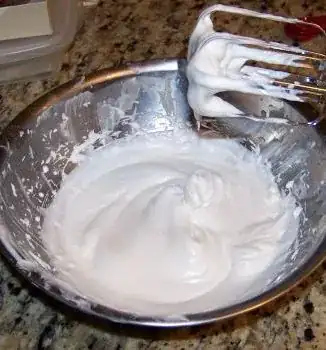About a week ago, I purchased two limes, a lemon, a couple of kiwi fruits, and some oranges. When I got home, I placed them in a bowl. One of the limes ended up at the bottom of the bowl but there were still enough gaps between the fruit that it wasn't completely hidden, and there weren't enough fruits above it that the lime was in danger of being squashed.
I've since used up all the fruit but the limes. This afternoon, when I picked up the lemon to use, I noticed that the lime that was partly underneath had changed color from green to yellow. Here is a photograph of the two limes:
Why has the lime on the right turned yellow? It was purchased at the same time as the one on the left and stored in the same bowl.
